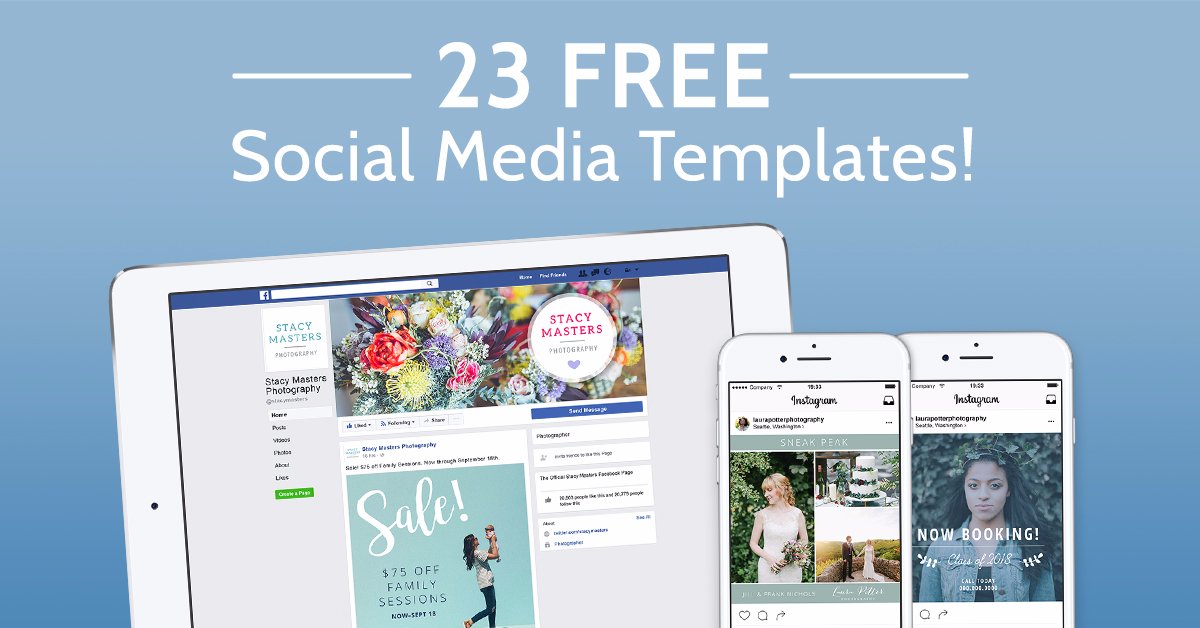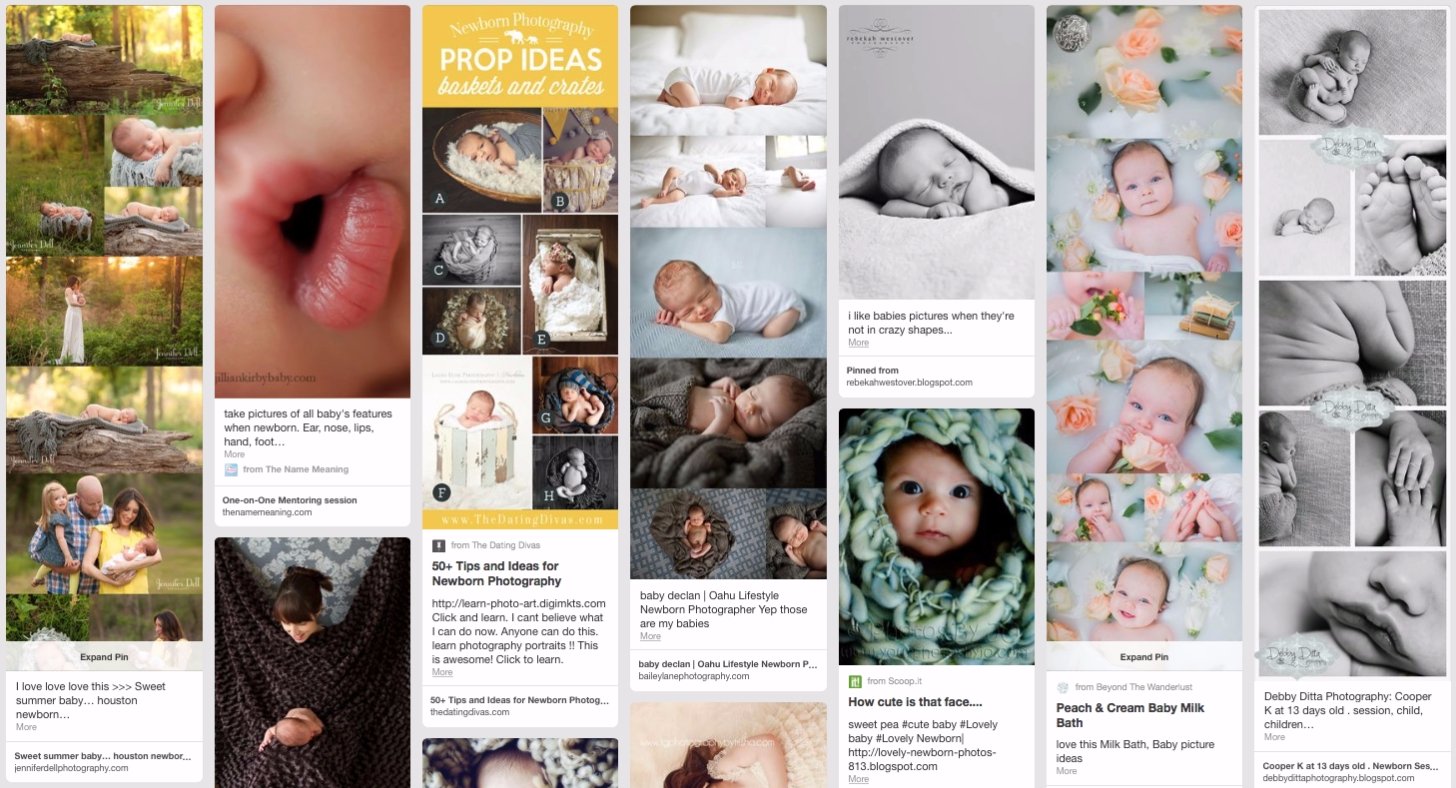You love your site. But if you’re not getting the traffic you think you deserve, what’s the most likely culprit? Could it be your SEO? A lackluster social media footprint? Off-kilter website design?
(“But I love having 40+ images load at the start! And I hate words. My work speaks for itself.”)
Could be any number of things. But it’s worth it to take a hard look to see if there’s any reason customers might skip over your website.
In the end, it doesn’t matter if YOU love your website. It matters if your customers do. And their experience is the hardest thing to gauge.
The good news is: if you’re actively trying to improve your sales, there are lots of free tools that can help improve your site. These tools can help you get a better understanding of how people react to your site and what they do before they leave.
In this article, we're going to tell you about some awesome ways to improve your user experience and some free tools that can help.
1. Know Thyself: Finding Your Audience
Vegetarians don’t buy deli meat. And you can’t sell wedding sessions to people who are already married with families. You must know what kind of customer you are trying to hook before you can start effectively advertising or building content for them.
So first thing’s first: we have to define our business, our audience, and then make our website/social media match what they’re looking for.
Ask yourself, “What kind of photographer are you?” Even if you’re a Jack-of-all-trades, what is your bread and butter? What pays the bills? Where is your passion?
This is a common place where photographers fail. You do a little of everything. But only some of those projects are actually profitable or in high demand by your customers. You could be really passionate about street photography... but only sought out for wedding photography.
The real question is: What type of photography do most of your customers want?
When you figure that out, you must gear your entire online presence to this end. A specialized website shows professionalism and trust. People have trusted you to do this type of photography more than once. Your website must reflect this.
If you want to show your other types of photography as well, consider having additional sites or subsites for each type. People are visual creatures. They can't look at a website full of newborn photography and understand why you'd be perfect for their wedding portraits.
2. Grabbing People With Social Media
When you’re just starting out, use the platform you're most comfortable with. If you don't use Twitter you don't have to. As a photographer you're probably already using Instagram and Facebook, so start there. Both are visual platforms, and each hits different demographics.
In short, Facebook has more users, but they’re slightly older and less engaged. Instagram has a fanatical user base – mostly female – with 55% of young adults using the platform. How can this information work for you? Post where your audience is.
-
Newborn photography? Facebook. Go where moms are.
-
Senior portraits? Instagram. That's where you'll find teens.
-
Corporate headshots? Perhaps Facebook… but LinkedIn is probably your best bet.
Now, are you going to make sales right away based on one post? No. Getting “likes” on your photo doesn't typically translate into immediate sales. (Heck, Instagram doesn't let you link to a website or store in a post unless you pay for an ad!) Rather, your focus should be on building a following. The best way to do this is by posting often and using hashtags properly.
The key to using Instagram is knowing how to utilize hashtags so your posts will be seen. Use several on each post – from the very broad to the ultra-specific. You can use up to 30, and the good news is that there doesn’t seem to be a saturation point.
For hashtags on Instagram, More is MORE! But for Facebook, the opposite may be true: posts without hashtags seem to fare better than those with.
Your main goal on Facebook: GET PEOPLE OVER TO YOUR WEBSITE! Share blogs, interesting stories and articles to entice visitors to come over. Keep people engaged with regular updates and remember to post ONLY content related to your business. (No personal posts, please!) Give it personality, but never anything too opinionated or with subject matter that could be unsettling or off-putting to a customer.
Experiment to see what posts get the most attention, likes, shares and clicks. As you learn what your customers respond to, develop more content that your visitors crave.
As an example, we have many newborn photographers who do exceptionally well on Facebook. Guess what their followers want to see? CUTE PICTURES OF BABIES! Whenever they finish a session, they’ll write up a short blog (seriously, a few sentences) and include several great images. Then they’ll post to Facebook and watch the likes – and new visitors – come pouring in.
3. Using Facebook Ads
Using Facebook ads can help create awareness. They're cheap. They have enormous reach. And the coolest thing is your ability to target who sees them.
For example, you might ONLY want to target existing clients. Or maybe you want to get new eyes on your work, so you'll exclude people who already like your page. Is this a local deal? Target your ad to a 10-mile radius only. You'll get more bang for your buck.
And by staying in the newsfeed, you can keep people noticing your page or special deals that you’re promoting. Because the truth is: Even people who like your page are not going to check in every day or for every post.
Using Facebook ads can make sure your important session bookings or special deals will be seen and clicked on by the right people.
4. Using Google Analytics
By now, everything is in motion.
You’ve set up your site and targeted it to your preferred audience. You’ve filled it with images and words, and your important pages up. (Don’t forget about your ABOUT ME and CONTACT ME pages!) Everything is designed the way you like… and you’re getting some traffic! All done, right?
Wrong.
Once you’ve established your web presence, you can work to improve it by getting real-user data on how visitors interact with your website. One of those tools is Google Analytics, which is FREE and gives you detailed information on your customers’ browsing habits.
How long do people stay on each page? Where are your customers, and when do they visit? Were they referred by an ad campaign? Which social media channels are performing best? Which blogs are read the most? Google Analytics is a key tool for understanding how your customers WANT your website to be built. It can help you understand what is working and what isn’t.
How so?
-
Bounce rate tells you how many people leave a page they entered on without interacting with it. For example, perhaps someone found your blog through search, read it, and then left without doing anything else. You might consider putting in links to other articles, galleries, or pages within your site to keep visitors on your site longer.
-
Look for pages with high exit rates and see if you can do anything to extend their stay with in-site links and calls to action.
-
Find pages with low average time on page. Consider enriching the content there to convince visitors to stay longer.
-
You’ll likely notice a pattern in your site traffic, reliably peaking on certain days and falling off on others. Your peak days are ideal for posting new content and sending email newsletters to drive people back to your website.
-
You can even look at visitors’ navigation habits, and see if you notice any trends. Perhaps people always look at your "About Me" page after viewing a gallery. It might be worth it to put a strong Call-To-Action on your gallery pages that will take them directly to "About Me." This will encourage the rest of your visitors to follow that natural browsing pattern. (And then, of course, follow another link from there to your CONTACT page :)
These trends will give you enormous insight into how your visitors interact with your current site, and tweaks that can be made to give users a richer, more intuitive experience.
Heat Maps Help You Understand Your Clients
Going one step further, heat maps are one of the coolest tools for people who are serious about driving more sales.
Heat maps are like x-ray vision for your website. With a heat map tool like Hotjar (free!) or Crazyegg, you can visualize how customers land on your site, what they clicked on, and how far they scroll down each page. It can even record a video of someone browsing your website for you to play back.
This is a seriously helpful tool for seeing how people interact with your site and learning how someone who’s never seen your website before understands how it works.
“How could they not click that button! It’s obvious!”
(Maybe a brighter color works better.)
“Nooo, don’t stop scrolling. You haven’t gotten to the best part!”
(Move that important stuff up top!)
“Wow. They are REALLY not reading my words.”
(Revise! Or chunk it up to make it more digestible.)
“Huh. Products at the bottom sell better than the ones at the top.”
(Rearranging your store might make a difference in your sales.)
Another awesome thing about heat maps is they show you how people scroll on your site. Is a long page or blog post good or bad? Heat maps show you how far people read before they drop off. Breaking up information into smaller pages or content blocks separated by images might yield better results than everything being on one page.
In Conclusion!
Nothing about your website exists in a vacuum. And getting a larger view of how everything is connected can help inform your web design, content and social media strategy.
So to drive people to your website and convert them into new customers, make sure your website is unique but straightforward for your core customers.
Next, utilize social media to drive traffic to your site. And you can bolster your visibility by using cheap Facebook ads to help target new customers.
And once those visitors are on your site, use analytics and heat maps to understand how they interact with your website. Then, it's time to tweak, test, observe and improve!
We never stop learning and getting better. And by employing these strategies, you can help refine your users' online experience until getting those bookings is as natural as breathing.






Leave a comment
3 Comments
Feb 1, 2017, 12:57:20 PM
Kathy - Great article! Thanks for the support!
Jan 25, 2017, 2:47:54 PM
John K. PhotoBiz - Thank you for the kind words Daniel, glad you enjoyed the article!
Jan 25, 2017, 2:41:33 PM
Daniel Hadley - LOVED your article about 5-ways to improve User Experience!!! Seriously fantastic article!!! Keep up the great work and inspiration as it was extremely insightful and yet one more reason why I love Photobiz!!!
Daniel
Daniel j Studios